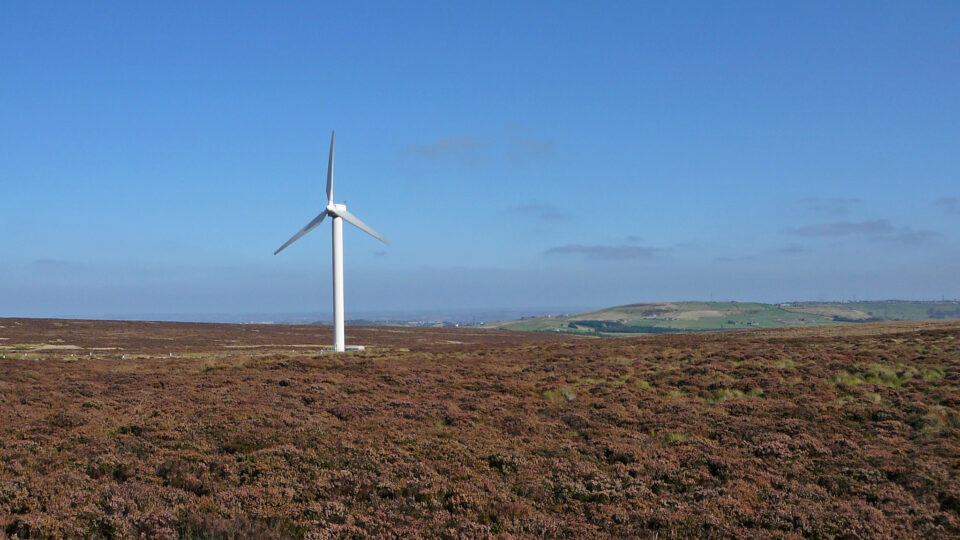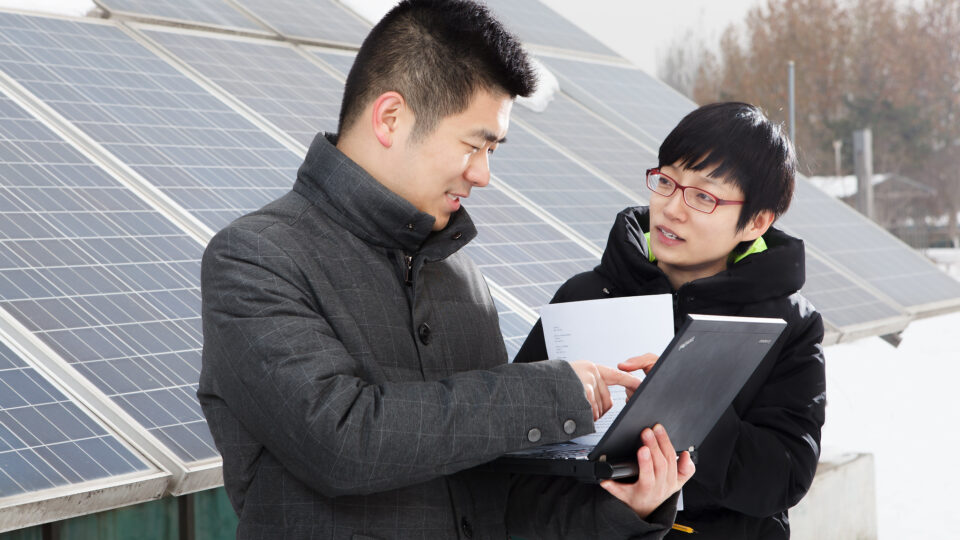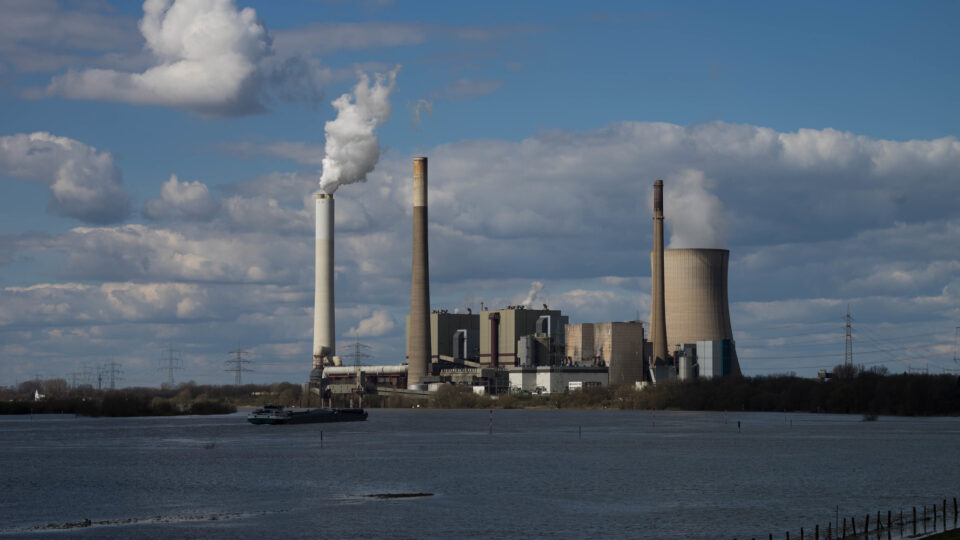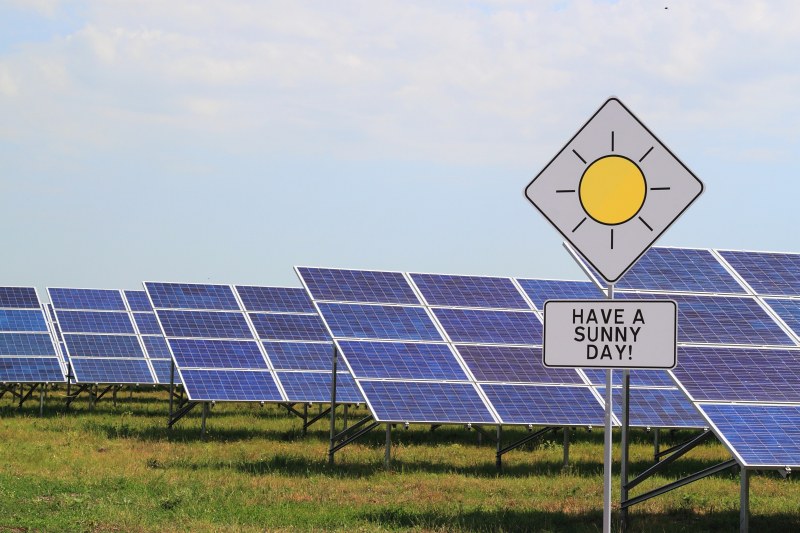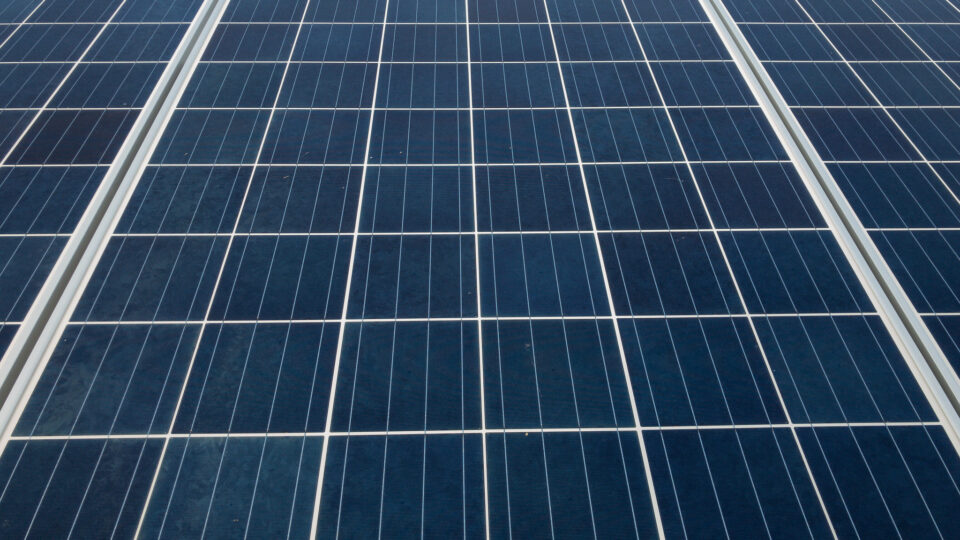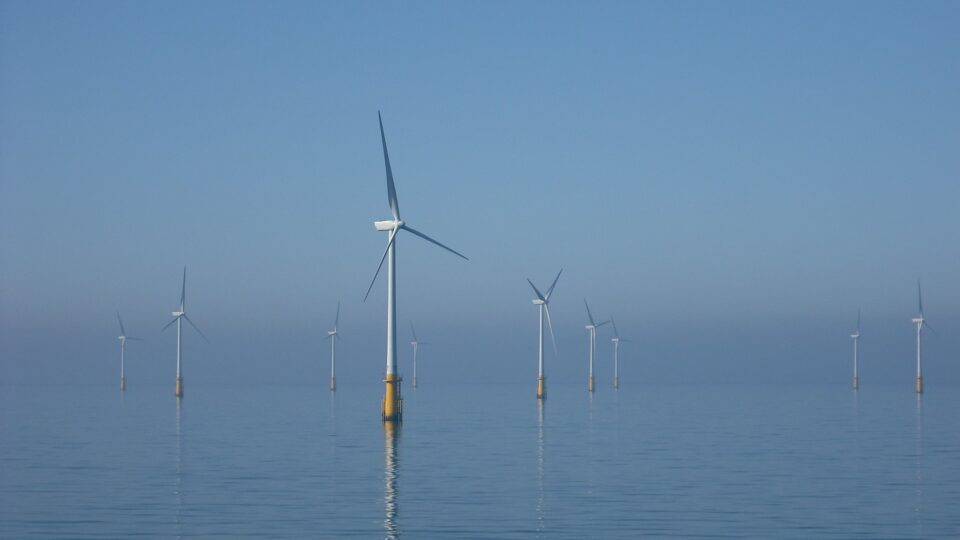Cities across the country are grappling with the problem that bigger, more frequent rainstorms occurring as a result of climate change are overtaxing the systems put in place to handle stormwater. Cities use a combination of so-called green infrastructure – such as rain gardens and porous pavements – and traditional gray infrastructure, such as pipes, tunnels, and pump stations.
In 2011, Philadelphia drew national attention for its Green City, Clean Waters program that was designed to manage the increasing amount of storm water using mostly green infrastructure. Thirteen years later, the city is experiencing billions of gallons of polluted stormwater overflowing its sewage outfall pipes each year. Green infrastructure is cheaper and faster to build, but it is not coping with increasing rainfall.
About 700 U.S. municipalities, mostly in the Northeast and around the Great Lakes, rely on these combined sewer systems. Based on updated climate projections, many are having to greatly increase gray infrastructure projects that include concrete holding tanks, tunnels, and pipes that can divert and hold onto flows until the rain stops, and water treatment plants can recover. These projects can take decades to implement and cost billions of dollars.
All across the country, cities are going to need to bite the bullet and make large-scale investments in conventional sewage infrastructure and repairs to stop billions of gallons of raw sewage from running into rivers. The increased storms present a daunting challenge for America’s cities.
**********
Web Links
Faced With Heavier Rains, Cities Scramble to Control Polluted Runoff
Photo, posted August 29, 2011, courtesy of Reggie via Flickr.
Earth Wise is a production of WAMC Northeast Public Radio

